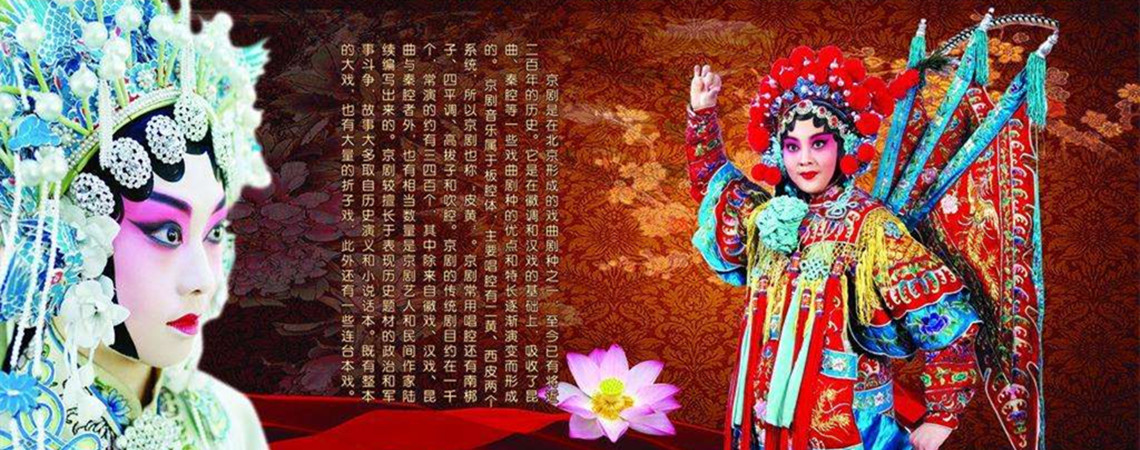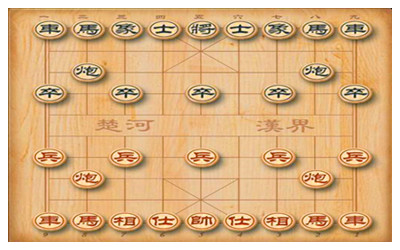Skype: neodalle-travel
Tel: +86 135 7447 2266
E-mail: sales@visitaroundchina.com


In ancient China, Chinese chess was seen as a skill to cultivate one's moral character by introspection and it is one of four fancies of men of letters. Nowadays, it is regarded as an activity good for body and mind. In China, there are thousands of people enthusiastic about the activity. It not only can enrich people’s life and cultivate their tastes, but also can develop their intelligence and inspire their thinking. Chinese chess is an important invention of Chinese people thus making it a treasure of Chinese culture.
The place where chess pieces move is called "chessboard." On the square plane, there are nine vertical and ten horizontal lines parallel to the horizontal line intersects with a total of ninety crossing point, the chess pieces are put on the intersection. The middle part is a blank area, which is between the end of the fifth and sixth horizontal line. And it is called "river bound." In the middle of two ends, that is square part between the fourth and the sixth vertical lines where two oblique lines lie, is called “nine patch”(because it has nine intersections).
The entire board is divided into two equal parts with the "river bound". In order to learn chess and record tournament conveniently, the existing rules are: use the Chinese number one – nine to mark the red nine vertical lines to represent each lines from right to left and use the Arabic numerals "1" to "9" to represent black nine vertical lines. Before the start of games, red and black sides should put the chess pieces in a predetermined position.
Chess pieces have thirty-two pieces. They are divided into red and black two groups. Each group has a total of sixteen pieces and sub-seven kinds, whose name and number are as follows:
Red pieces: one King, two Rooks, Horses, Cannons, Elephants and Guards respectively, five Pawns.
Black pieces: one King, two Rooks, Horses, Cannons, Elephants and Guards respectively, five Pawns.
1. before starting one game, both two sides should place the chess in a predetermined position.
2. in the opening, the red side play first. The two sides play in turn.
3. the side who should play chess move its chess piece from one intersection to another intersection or capture the opponent’s piece, the course is called one step.
4. the process that both sides move one step respectively is called a bout.
5. if you can move your chess piece to one position where there has been placed the opponent’s chess piece, you can capture that piece and take over that position.
6. if your chess piece is going to attack your opponent’s king and will kill it in your next move, the move is called check. Your opponent must use his own ways to solve the problem or he will lose the game.
Chinese chess are also widespread in foreign countries, especially in Southeast Asia Chinese and overseas Chinese. Many overseas Chinese, Hong Kong and Macao Chinese seen Chinese Chess as a bridge and link with the motherland compatriots. To carry out Chinese chess activities as a kind of inheritance and development of their national culture.
In recent decades, with the development of trade and cultural exchanges, Chinese chess in the United Kingdom, United States, France, Canada, Germany and other countries have also developed a lot of fans. Chinese chess is moving from its birthplace, after Asia, spread to all corners of the world.
Seen from the condition in the Asian, Chinese chess not only popular in Hong Kong and Macao and other places, but also common in the overseas Chinese and overseas Chinese in Thailand, Singapore, Philippines, Malaysia, Indonesia, Japan and other countries. Those regions and countries are held annually Chinese chess game, and have set up Chinese Chess Federation or Association.
 Ask Questions ?
Ask Questions ?